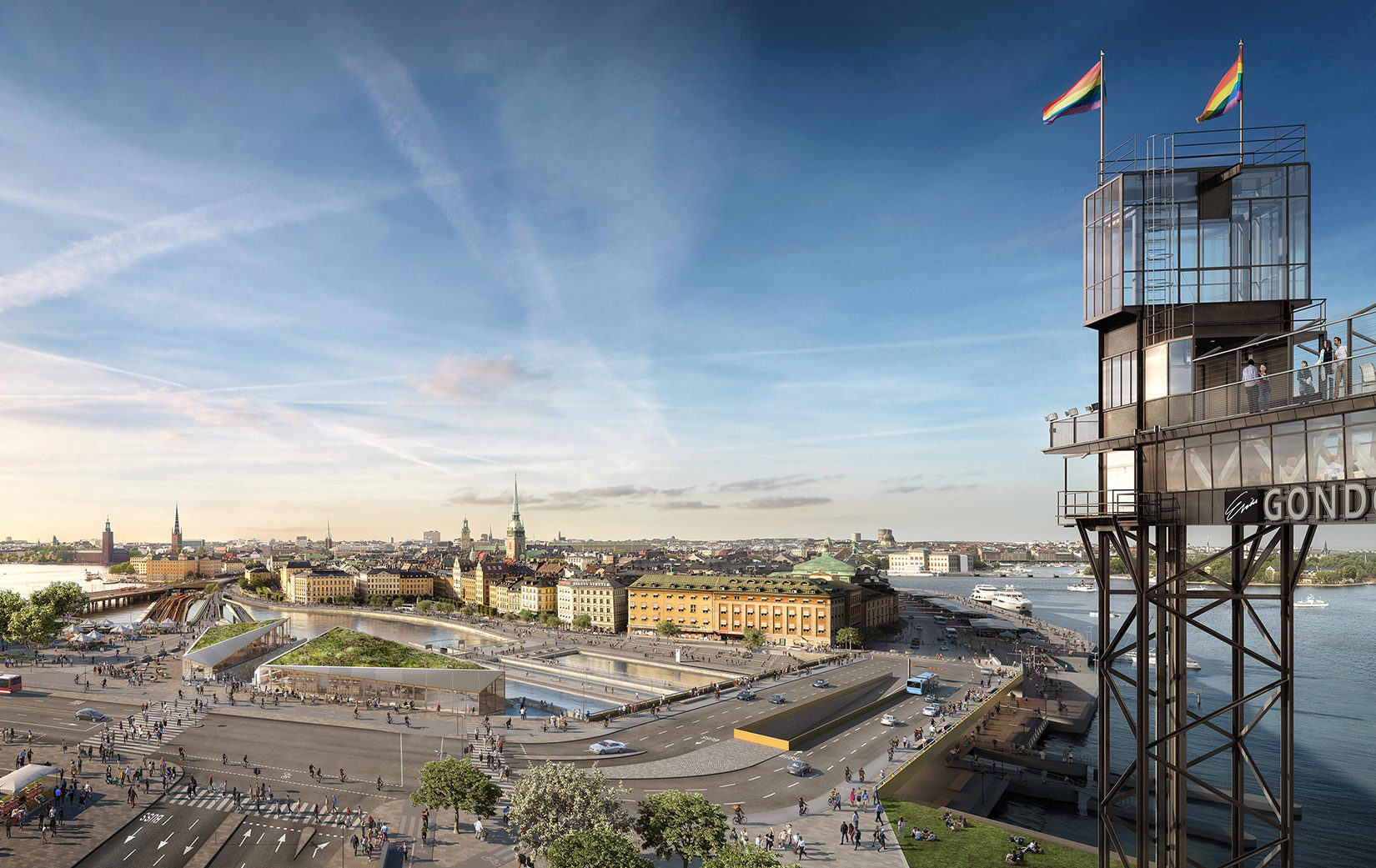Wood is the only renewable building material, and the wooden industry is therefore at the centre of sustainable development. But the industry cannot meet the challenges alone – only by close collaboration with architects, designers, engineers and academia, innovation can be pushed beyond current limitations and be directly implemented into building processes for more sustainable cities.
Woodlife Sweden: Meet the architects, a series of three seminars where Swedish architects presented three innovative wooden buildings in Sweden and visualized how working with wood reduced the climate impact of the buildings by up to 50 percent and the time of construction.
The Swedish forest is a local resource, and every tree that is cut is replaced by at least two new ones. The forest can generate material for many new buildings as well as other material for a sustainable city: fuel, heat, fabric and packaging to name a few.
Forests make up to 70% of Sweden’s area and forest products have long been one of Sweden’s largest export products, which is clearly visible in Swedish architects’ views on construction. Wood is a timeless and renewable raw material that meets the latest technology in Swedish wood architecture, and today reduces the construction time significantly. Wood’s lightness and strengthalso makes it possible to build vertically in existing city environments and to enlarge existing buildings by using timber-on-top infills or add-ons, or other innovative techniques.
Tall houses often become important symbolic buildings, but it is the number of wooden houses and buildings that makes the big difference in terms of lower environmental and climate impact.
Alliances on how to implement wood strategies and how to establish a sustainable forestry and wooden industry are also part of a global movement, where international collaboration is a crucial factor for success. The two roundtables aim to inspire global and transdisciplinary collaborations.
The topic for the first conversation on October 27 initiated by White Arkitekter in Stockholm and Van Alen Institute in NYC, discusses how – in order to make cities resilient and truly sustainable, healthy and attractive – we need to address the climate agenda in parallel to a social robustness based on equity and healthy living environments. By looking at New York, Montreal, London, Stockholm, Nairobi and Kigali – the panel will share experiences and discuss how governance and the tradition of decision making in cities have effect on current planning when it comes to method and innovation.
Register here: https://si.se/en/events-projects/woodlife-sweden-challenges-in-future-cities/
The second conversation on October 29 will explore the need to scale up the implementation of sustainable construction and on the role of the architect in the design process, quickly adapting to new innovations and possibilities from the wood industry. The main question is: How can we secure quality on all levels – education, design, implementation and management of our built environment?
Register here: https://si.se/en/events-projects/woodlife-sweden-implementing-the-agenda/
***
The Woodlife Sweden program during Archtober is organised by the Swedish Institute, Architects Sweden, and the Swedish Consulate General in New York in collaboration with Swedish Wood, Swedish Forest Industries, Arvet, White, Wingårdhs and Tengbom.
About Swedish Design Movement
Swedish Design Movement is a government initiative that aims to increase the international passion for Swedish design. It is led by the Swedish Institute and Visit Sweden in collaboration with Architects Sweden (Sveriges Arkitekter), Swedish Fashion Association (SFA), The Swedish Federation of Wood and Furniture Industry, Svensk Form (the Swedish Society of Crafts and Design), and several Swedish cities, regions, companies and other partners.
